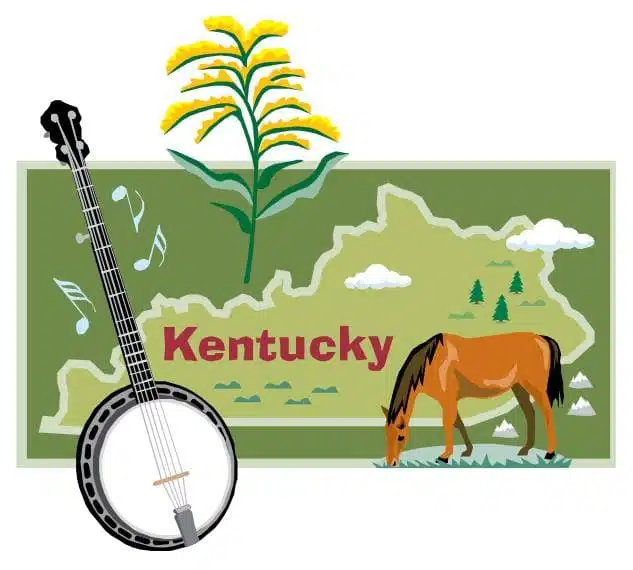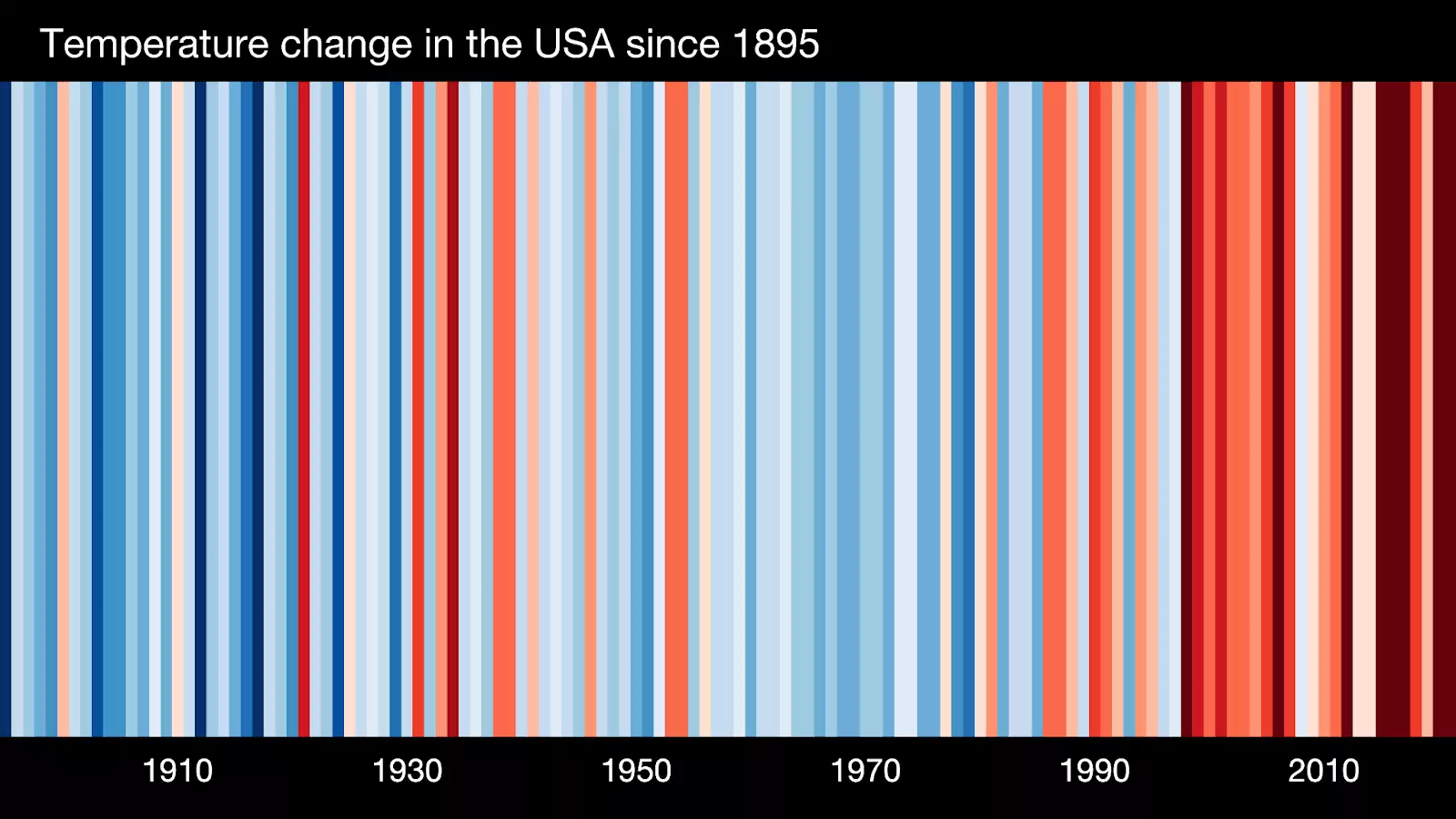You created a piece of content, found an eye-catching title, optimized it for search engines, wrote a meta description, and hit the publish button. You wanted to write your content in a way that it could reach the largest possible target audience. But you skipped writing alt text for images.
Does that sound familiar to you? If you want your text to have the best possible chance of achieving its intended goal, then don’t ignore image alt text next time. In this article, you’ll learn:
- what is alt text
- what makes alt text important
- how to write alt text for images for SEO
What is Alt text?
Alt text, also known as “image alt text”, is a snippet of detailed information that describes what an image or graphic is about.
Primarily, adding alt text to images is a principle of web accessibility. Alt text is critical for visually-impaired users because it communicates the function of an image they can’t see by allowing e-readers to interpret the text.
Beyond accessibility, though, alt text functions to let search engines better understand the content of your images. This can potentially improve your SEO and your image’s appearance in Image Search.
Why is Having Alt Text Important?
Alt text matters for two essential reasons: improved accessibility and strengthened image SEO.
Benefit: Improved web accessibility
Alt text was initially designed for accessibility purposes. Developers and businesses who wish to design high-quality websites and web tools without excluding people from accessing them must consider accessibility.
Failing to set alt attributes for images means that your web pages become difficult for screen readers to interpret and reduces the user experience for anyone who has low vision or visual impairment.
Make sure that every visitor and search engine can access your content by ensuring you provided alt text for all your website’s images.
Benefit: Strengthened image SEO
Google has gotten quite good at defining the value as well as the relevance of content for its users. Yet, the fact is that Google is still a machine that needs help from humans to understand visual components.
Search results may become much more relevant by providing additional information to images, which can lead to higher-quality traffic to your website, says Google.
It’s clear that if you want your images to appear in Google image results, then you need to write descriptive alt text for images.
5 Ways to Write SEO-Friendly Alt Text for Images
Image alt text isn’t simply a description of the image, rather, it’s an alternate representation of the meaning of the image. So, when you write alt text next time, ask yourself what information the image is conveying.
Below I share 5 tips to consider in order to write killer alt text for images.
1. Leave out irrelevant details
Context is your best friend.
For example, consider this image of Kayla Barron:
What would you choose as the alt text for this image?: ‘Astronaut Kayla Barron’ or ‘Kayla Barron, the mission specialist of the NASA SpaceX Crew-3 mission’. If you chose the first, well done to you.
In this example, the visual content tells the reader that this is Kayla Barron, and her attire further indicates that she is an astronaut. The alt text ‘Kayla Barron, the mission specialist of the NASA SpaceX Crew-3 mission’ contains information that isn’t included in the image and may be redundant with the body content.
At the same time, lengthy alt text can create additional “noise” for those who are visually impaired and using screen readers.
2. Include information to make the alt text useful
Although the alt text must be brief, you need to make sure that it contains all relevant information. Let’s review our second example below:
At first sight, writing “Kentucky” as alt text seems logical. However, it isn’t very descriptive and there’s more to be said about this image.
What would a better alternative be, you may ask? Perhaps: “Kentucky state map with banjo and horse”’. Far more descriptive, right?
3. Pay attention to the text in an image
Many times, you will have images or graphics that contain text. However, the Web Accessibility Initiative actually recommends avoiding text in images. It is far better to have engaging images with descriptive text underneath. Or, create a downloadable PDF version that can be interpreted by e-readers.
But, if text in your image is unavoidable, it’s recommended that you replicate the image text within the alt text.
For example, the alt text for an image like this (see above) would read: “How to increase conversion rate: useful strategies and common mistakes”.
Again, the goal is to provide the best indication of what the image is about without including superfluous information.
4. Summarize what you see in a graph, chart, or diagram
Graphs, tables, diagrams, illustrations, and charts are complex images that contain substantial information. However, it’s still possible to provide a textual representation of the information conveyed by the image.
For the graph above, here’s one example of possible alt text: “Bar chart: Upward trend in demand for electric vehicle batteries between 2010 and 2030”.
A slightly shorter alternative could be:”‘an upward trend in the demand for electric vehicle batteries in 2010 and 2030”. Both versions do a good job of helping the reader understand what the image depicts.
Now, that was kind of an easy one. Let’s consider the image below:
Fortunately, the title makes it clear that the chart describes the temperature change in the USA since 1985. With this information, a relevant alt text for such a graph could be: “
“Increase in USA temperatures between 1895 to 2010, as depicted by colored bars phasing from blue to red”.
5. Use the company name in logo image alt text
Although logos seem self-explanatory, they still require alt text. Since screen readers can’t differentiate logos from other images, using the word “logo” only generically helps users understand the image’s purpose.
Ideally, a logo image should also include the name of the company or brand as a reference. For example, alt text for the logo above could be “Seatle Pacific University logo”.
Optimize Your Image Alt Text like a Pro
Alt text implementation is one of the biggest issues that affect web accessibility, and I still continue to see people use incorrect methods to write image alt text. By following the five best practices above, you’ll be well on your way to writing optimized alt text.
I know it’s extra work but for the sake of accessibility and potential SEO benefits, it’s absolutely worth the effort.
At Keys&Copy, we develop bespoke content writing strategies to help businesses drive traffic and generate sales through search engine optimized content. Are you looking to deliver unique insights and provide genuine value to your customers through content? Fill out the form now and we’ll get back to you with a solid plan that fits your business.






